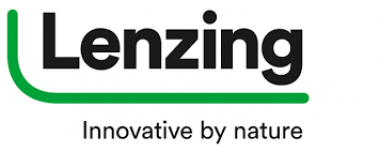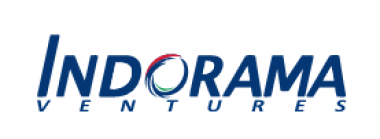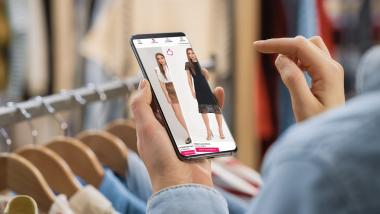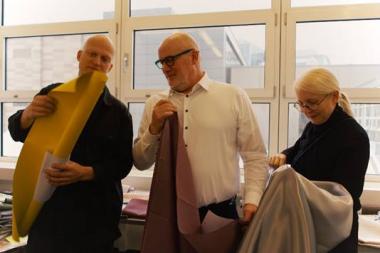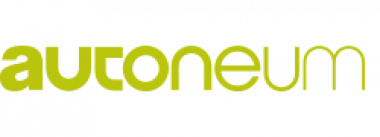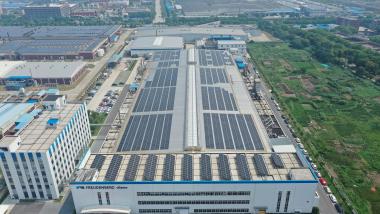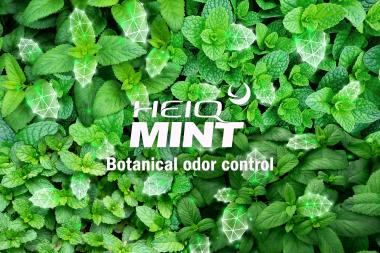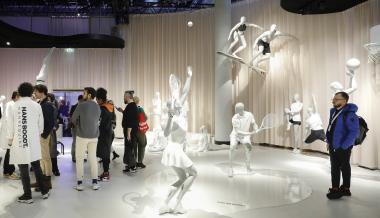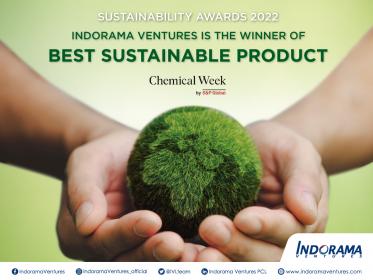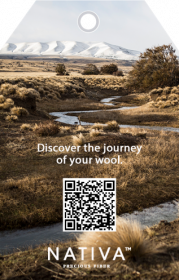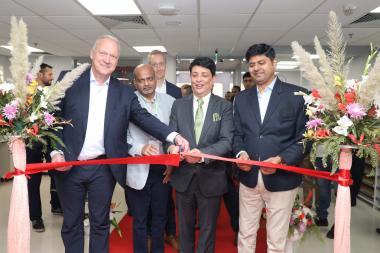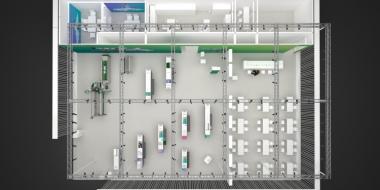Baldwin presents sustainable TexCoat G4 Finishing System at Igatex Pakistan
Baldwin Technology Company Inc. announced that Igatex Pakistan will officially kick off its new partnership with long-established Pakistan textile technology agent Al Ameen Trading Corporation. Representatives from both companies will team up to demonstrate Baldwin’s highly sustainable TexCoat™ G4 finishing system.
Igatex, the International Exhibition for Garment, Textile Machinery and Accessories, takes place December 1-4 at the Expo Centre in Lahore. Baldwin and Al Ameen will demonstrate TexCoat G4 and provide details on Baldwin’s Plasma Pure corona treatment as well as TexMoister G2™ remoistening systems technologies.
Baldwin’s TexCoat G4 non-contact precision-spray technology helps textile finishers up their game by enabling consistent, high-quality finishing, with zero chemistry waste and drastically minimized water and energy consumption. With Baldwin’s innovative system, the chemistry is precisely distributed across the textile surface and is applied only where it is required, on one or both sides of the fabric. The non-contact technology eliminates chemistry dilution in wet-on-wet processes, allowing full control of maintaining consistent chemistry coverage rates. Plus, pad bath contamination is eliminated, and changeovers are only required when there is a change of finish chemistry.
Baldwin Technology Company Inc. textile finishing Igatex Al Ameen Trading Corporation
Baldwin Technology Company Inc.








